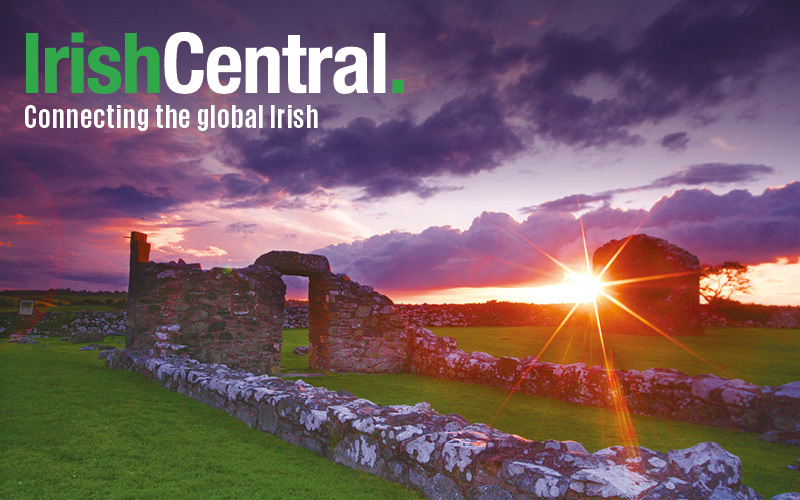| Sister Megan Gillespie Rice |
As the political world debated Romney’s pick – which means that for the first time, two Irish Catholics will be vying for the vice presidency –Gillespie Rice was doing some political work of her own.
Sister Megan, as she is known, is a Manhattan native and activist nun who has been arrested over 40 times throughout her busy career.
Now 82, her most recent action landed her on the front page of The New York Times this past Saturday.
Earlier this summer, Sister Megan and two accomplices carried out what the Times called “the biggest security breach in the history of (America’s) atomic complex,” breaking into the Oak Ridge nuclear reservation in Tennessee.
Sister Megan, in short, is a left-wing Irish Catholic activist, a label she would surely wear proudly, just as the anti-war Berrigan brothers did in the 1960s, as many members of the Catholic Worker movement did, and as activist groups such as the Catholic Radial Alliance did back in the 1930s (which was founded, incidentally, by one priest named O’Toole and another named – you guessed it – Rice).
Anyway, the next day, another Irish Catholic was in the news, this one named Paul Ryan, a darling of the American conservative movement.
Which begs the question -- who represents Irish American politics better, Ryan or Sister Megan?
A few weeks back I wrote a column about Irish America’s tense relationships with African Americans and racism. Over 100 folks commented on the story on irishcenteral.com and I received loads of e-mails, some thoughtful, others not so much.
And by the way, the debate rages on. In this Sunday’s New York Times Book Review, an article about race riots in Chicago specifically referred to problems caused by the “mostly Irish police force.”
But at the heart of the question of Irish Americans and race is the bigger question of Irish American liberalism and conservativism. Who is the face of Irish American politics -- Kennedy or Reagan?
More and more, as people like Ryan rise to prominence, it seems to be Reagan. Conservative Republican Irish Americans are very easy to spot these days. Look at the podium during the GOP convention later this month when the keynote speech is given and you will see Ryan’s fellow Irish American, New Jersey Governor Chris Christie.
Quite a few people have traced how the Irish evolved from loyal Democrats until the 1950s and 1960s, when they started trickling, then flooding, to the Republican or independent lines.
What people have talked about less is whether or not Irish Catholics (voters as well as politicians) have specific responsibilities based on their backgrounds.
After all, people love flaunting their Irish Catholic roots. On St. Patrick’s Day, Republicans and Democrats love talking about where their grandparents came from in Ireland.
But doesn’t that also mean you should have sympathy for 21st century immigrants?
Kissing babies after Mass makes a great photo-op. But does that also mean you should obey the church’s teaching on gays, poverty, abortion and the death penalty? Or confront the church over these contentious issues?
Ryan himself waded into this by claiming that his ultra-conservative budget plan was actually in line with Catholic social teaching.
This prompted criticism from, among others, the U.S. Conference of Catholic Bishops because, as Gerald Beyer recently noted in America magazine, “Official Catholic social teaching has long accorded a positive role for the government in protecting the economic rights and well-being of people.”
The sad truth is that most Irish Americans are not true to their Irish or Catholic roots.
Republicans too often bash immigrants and the poor. Democrats too often are condescending towards religion.
So, who is the true face of Irish American politics?
Right now? Nobody.
(Contact “Sidewalks” at [email protected] or tdeignan.blogspot.com)




Comments